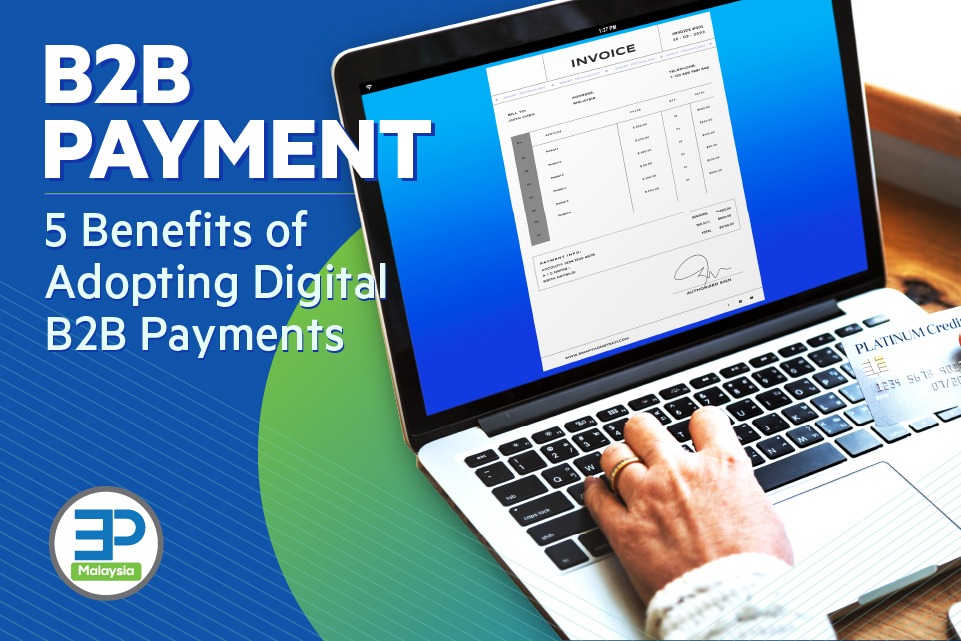The current climate has been challenging for most businesses, and none are safe from a cash flow and liquidity crisis. Without a solid cash flow management strategy, many find themselves strained in optimizing their working capital or servicing debts.
Furthermore, the difficulty in paying business expenses on time due to poor cash flow management can impact future profits. This reason plays a large part in why a significant 75% of small businesses fail — and a lack of profits is not the culprit; it’s poor cash flow.
Thankfully, it’s never too late to learn how to optimize and enhance cash flow in preparation for business growth in these challenging times. Here are five cash flow management tips that could benefit B2B companies.
1. Before Cash Flow Management, Start with a Plan
During the early stages of business, securing the appropriate funding from a bank is not easy. However, you can always seek advice from an expert and form a resilient business plan. They can help you outline your business strategy, management strengths, risks, and market potential.
Multiple sources of funding and support are available for businesses. So long as your business model’s viability is conveyed appropriately in your business plan, it could allow you to secure credit, capital, and even grant support.
2. Maintain Your Books
On principle, every properly managed business should update its accounting information regularly. Whether it’s client invoices, supplier payments, or tax obligations, it is crucial to track your financial transactions.
Keeping up-to-date records will provide insights into potential cash flow challenges or overlooked areas. For example, if your revenue is falling, you can plan for the necessary actions to increase it.
It would also let you know when cash is running low, and you might need to start prioritising your expenses. You may consider investing in accountancy services to calculate the metrics and review your cash flow projections.

3. Take Charge of Your Invoicing
Another way to improve cash flow management is to send invoices on time. After all, it is the key to getting paid for your business.
Consider asking for upfront deposits or even instalments, which will help you pay the bills and avoid heavy debts. Following up on past-due invoices can be difficult, but you can adjust your company’s payment terms by setting a timeframe for payments, i.e. 30 to 60 days.
You may also require clients to pay upfront before delivering your goods or services.
4. Get a Business Finance Health Check
Business financial health checks will grant you a more in-depth analysis of your cash flow, pinpointing your company’s highs and lows. Only then can you correctly time your borrowings, organise the size of your staff, and strategise for additional marketing.
5. Know Your Numbers for Proper Cash Flow Management
As mentioned, gaining control over your accounting system will allow you to track your receivables and payables. Not to mention, this information is critical for your business parameters, such as the operating margins, inventory turnover, etc.
For instance, you can better determine the best time to order inventory without overstocking or know when to take action when margins are shrinking to prevent losses. Monitoring cash reserves would also ease the burden of covering unexpected bills and upcoming expenses.
6. Begin Improving Cash Flow Management with EzyProcure
EzyPayment is a credit-card-to-account payment solution that aids B2B businesses in enhancing positive cash flow. Partnered with banks embracing virtual card adoption, you can now use credit cards to purchase inventory, pay rentals, insurance, etc.
Moreover, businesses can enjoy up to 60 days of interest-free credit term while suppliers receive their payment within three days. Learn more about how EzyPayment works in your favour!






